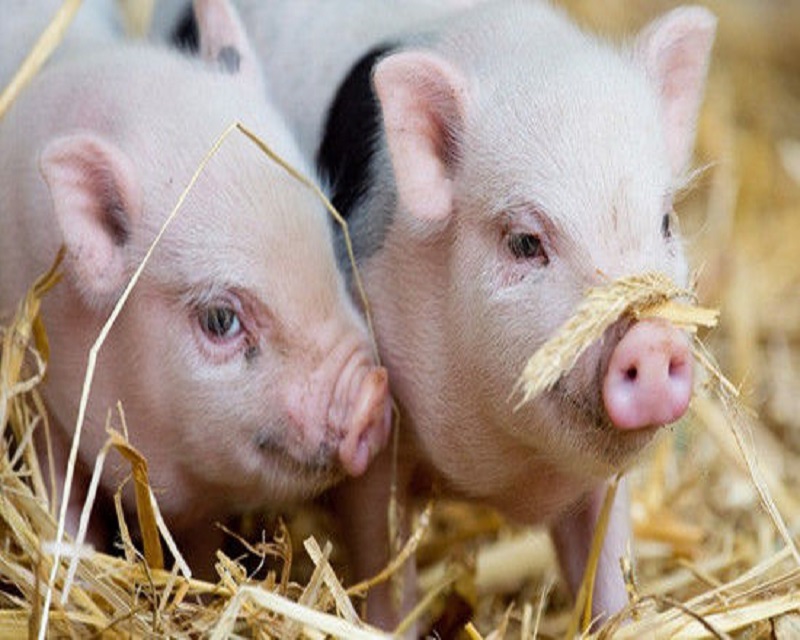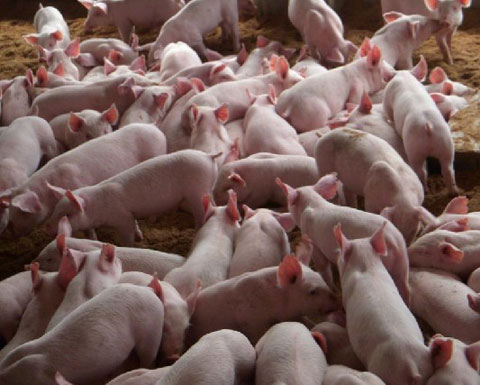Pork has always been the main component of the meat of the residents' table, and is an important source of high-quality protein. In recent years, intensive pig breeding has been highly pursuing growth rate, feed conversion rate, lean meat rate, light color of pork, poor taste and other problems, and pork is tender and delicious, which is popular with the public. What factors affect the taste of pork?
1. Varieties
At present, hydrocarbons, aldehydes, ketones, alcohols, esters, furans, pyrazine and other volatile substances have been detected in pork. Most of these components are the same in different varieties of meat, but their contents are different. For example, pig breeds pork contains rich flavor precursors such as sugar, fat and protein. Local pig breeds are bred by the working people of our country through long-term breeding and are valuable gene banks. We should give full play to the advantages of local pig breeds and cultivate characteristic pig breeds with good flavor.
2. Age and gender
Pork tenderness is affected by pig age. Piglets, due to their fine muscle fibers and less mature cross-linking of connective tissue, are fresh and tender. With the increase of age, the mature cross-linking of connective tissue gradually increases, and muscle fibers become thicker, resulting in a decline in tenderness. Some studies have shown that the meat quality gradually improves with the increase of age, but tends to be stable after 220 days of age, which requires attention to the slaughter age of pigs in production practice. Premature slaughter is not conducive to the improvement of meat quality, and late slaughter will waste production costs and will not improve meat quality. Pork quality is affected not only by age, but also by pig sex. The cross section granules of boar muscle fibers are large, and they contain androstenone, skatole, polyunsaturated fatty acids and other substances that affect flavor.
3. Feeding
Feeding mainly includes feed nutrition level, feed composition and feeding management. The level of feed nutrition is one of the factors affecting the quality of pork. Feeding a diet of high energy and low protein, pork has a high fat content and a soft meat quality; Feeding a diet with high protein and low energy, the meat is compact and the fat content is low; The amino acids such as lysine, threonine and cysteine also have a great impact on meat quality, so attention should be paid to the amount of addition in the ration. In addition to the nutrient level of the feed, the feed composition will also affect the pork quality. Feeding too much corn will make pork yellow, mainly because the yellow pigment in corn is deposited in pig fat and muscle tissue; Thiopropene, propylene disulfide, allicin, aromatics and other substances in the feed will cause special smell of pork and affect meat quality. The addition of Eucommia ulmoides leaves extract as feed additive in the feed can help to synthesize collagen and improve pork quality. In addition, the quality of pork will also be affected by the feeding methods. For example, there is a special sports ground for pigs. Increasing the amount of green feed and coarse feed can improve the quality of pork.
4. Other factors
Preslaughter factors such as slaughtering method, waiting time, transportation time, and post-mortem treatments such as scalding pool temperature and cooking method will affect pork quality. For example, compared with electric shock, carbon dioxide asphyxiation can significantly reduce the incidence of white muscle; Reducing transport time and prolonging slaughter time can reduce stress of pigs; The temperature of the scalding pool is not easy to be too high. If the temperature exceeds 60 ℃, the pork will be scalded and rolled, which will affect the taste of the pork.
To sum up, in the actual production, we should reasonably select varieties, strengthen scientific feeding management, reduce pre slaughter stress and other aspects of regulation to ensure the best meat quality.
Post time: Nov-14-2022





